The Northern Virginia Transportation Authority (NVTA) wants to build 28 bus-rapid transit lines in the four counties (Fairfax, Loudoun, Arlington, and Prince William) and five cities (Alexandria, Fairfax, Falls Church, Manassas, and Manassas Park) in its jurisdiction. As described in the agency’s Bus Rapid Transit Action Plan, these lines total to 170 miles of bus routes.
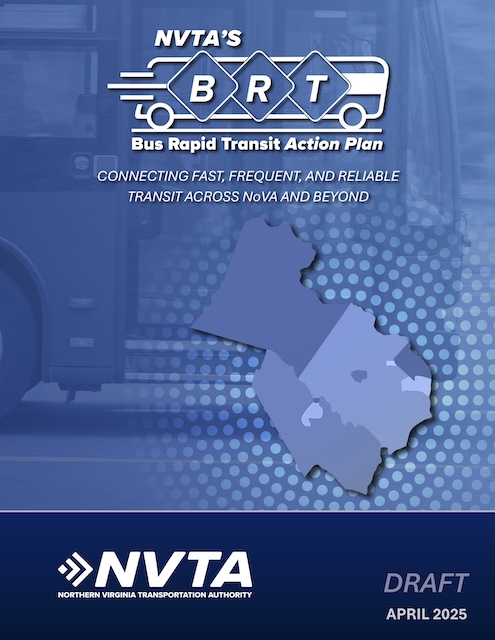 Click image to download a 20-MB PDF of this 32-page plan.
Click image to download a 20-MB PDF of this 32-page plan.
I used to think bus-rapid transit was a smart and economical alternative to light rail, but the NVTA expects to spend $4.2 billion on this plan. The actual cost will almost certainly be more: one line that is already underway, the Richmond Highway route, was supposed to cost $638 million, but according to the Federal Transit Administration it is costing $730 million. That route is 7.4 miles long, which means the line is costing almost $100 million per mile.
$100 million a mile is cheaper than light rail, which is averaging more than $300 million a mile for lines now under construction or in planning stages. But it is still a needless expenditure of money, as most of it is going for dedicated bus lanes that will be occupied by ten buses an hour during rush hours, five buses an hour the rest of the day, and no buses an hour at night (midnight to 6 am). Thus, entire lanes of traffic will be dedicated to just 125 vehicles per day.
In 2023, the average bus in Fairfax County (in which the Richmond Highway route is entirely located) had four people on board who traveled an average of 3.0 miles. This means it is entirely possible that this $638-million-to-$730-million line will serve only about 1,200 people a day. Prior to the pandemic, the average Fairfax County bus carried 13 riders, which works out to about 4,000 people a day, still nowhere near enough to justify an entire lane that could potentially move a thousand vehicles per hour if opened up to general traffic.
Not all of the 28 routes in the plan will have dedicated bus lanes, but the ones that will are the reasons why this plan is expected to cost well over $4 billion. This makes sense only to people who believe that urban transit isn’t “real” transit unless it costs a lot of money.
What makes bus-rapid transit attractive to riders is frequent service and the fact that the buses are faster than conventional buses because they stop less frequently. The slight increases in speed resulting from giving the buses dedicated lanes doesn’t significantly add to ridership, but it does significantly add to costs.
According to the NVTA, one of the benefits of its BRT plan is that it will relieve congestion for everyone else. But if they really wanted to relieve congestion, they wouldn’t convert existing lanes to dedicated bus lanes and would open up any new lanes built for buses to all vehicles.
Of course, congestion relief isn’t the real goal; the real goal is to make congestion worse so that some people will give up their cars in frustration and ride the bus. That rarely happens, of course, which is why this is just another plan based on wishful thinking.

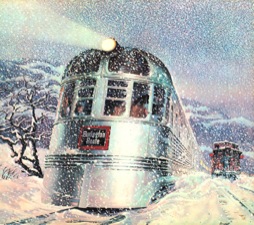
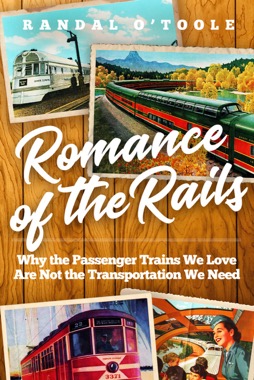
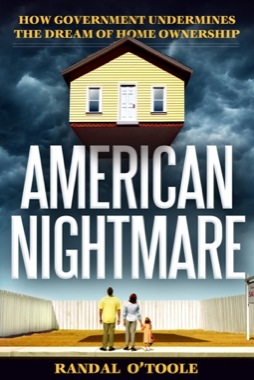
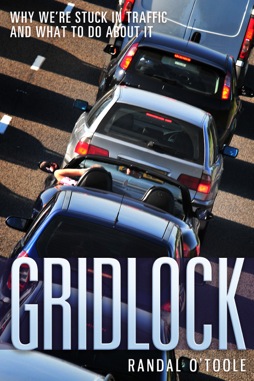
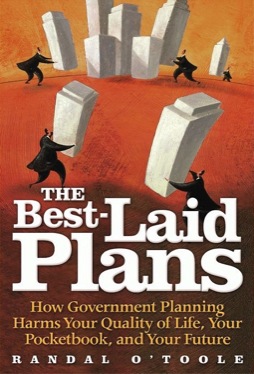
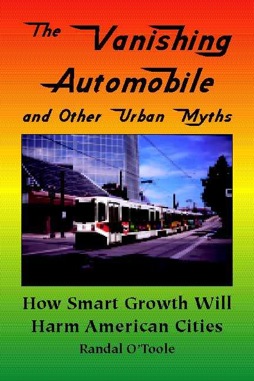

Open the lanes to high occupancy vehicles and/or charge variable tolls. Utilize those additional lanes as if their value is greater than the remaining lanes.
We have reached vehicle throughput capacity; it’s time to maximize people throughput.
Think like a transportation agency, not a transit agency.
It’s not that hard.
My post notes a discrepancy between NVTA’s and FTA’s estimate of the cost of the Richmond Highway BRT line. Both estimates may be low. According to Fairfax County, the cost will be $979 million. That includes “pedestrian and bicycle facilities, and various road safety enhancements,” but so did the other estimates.